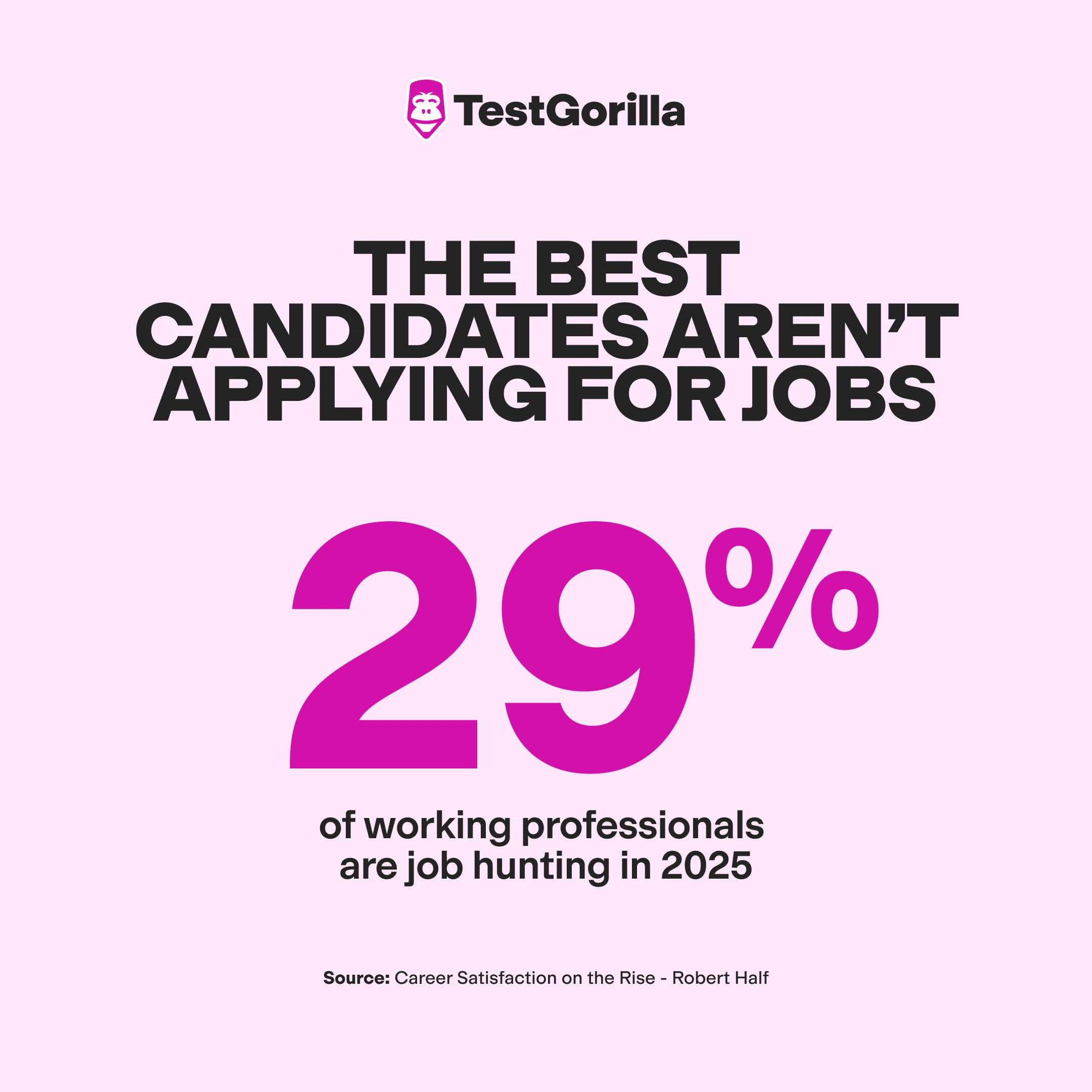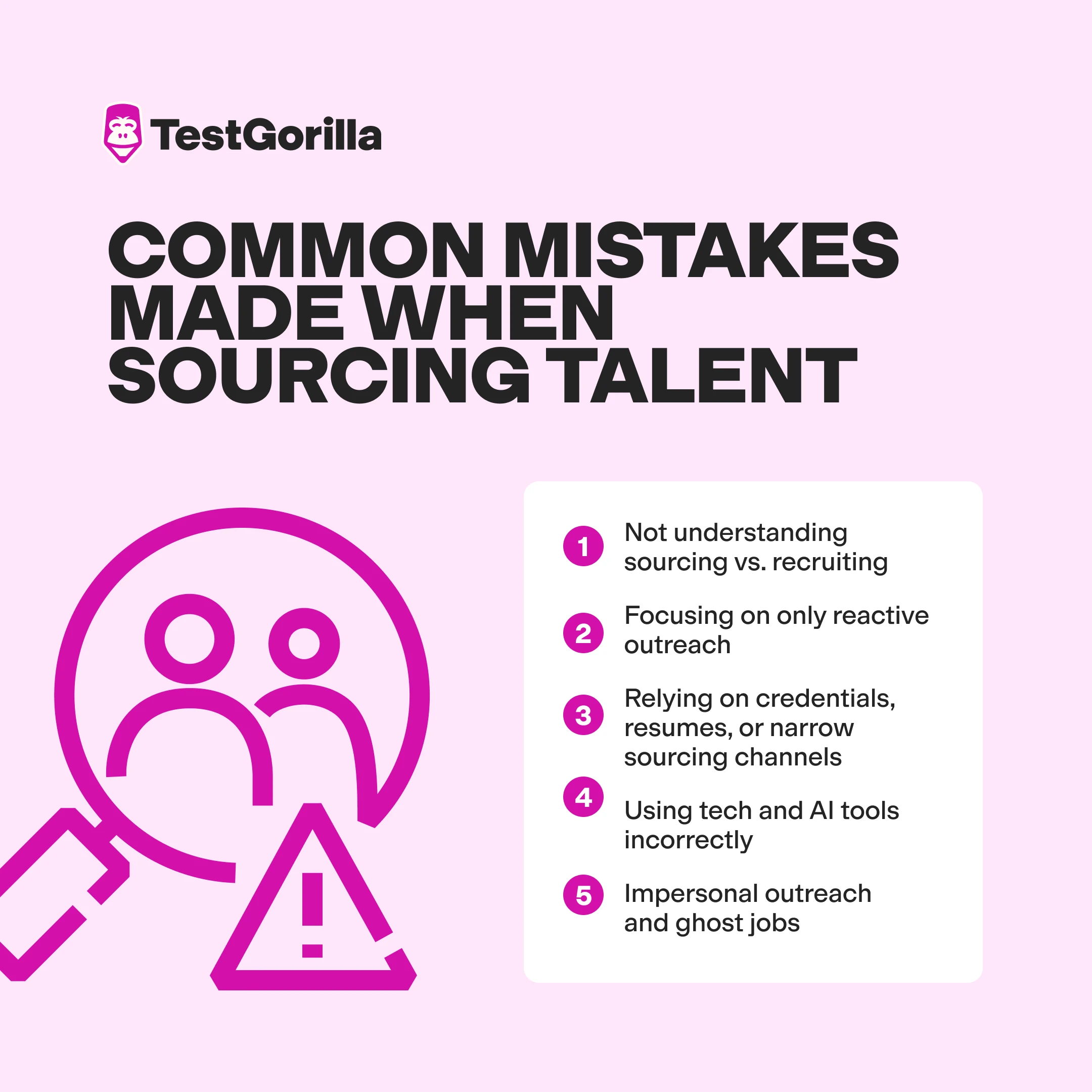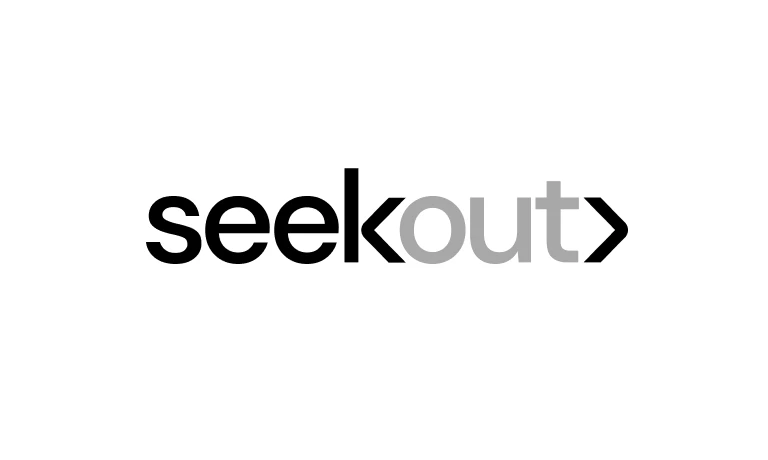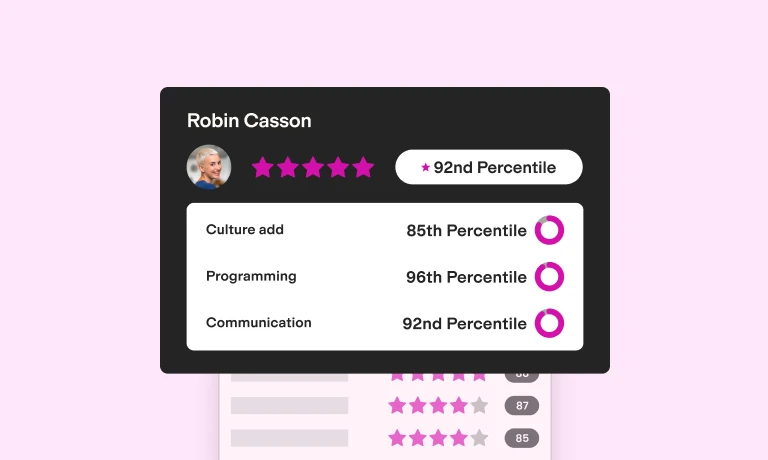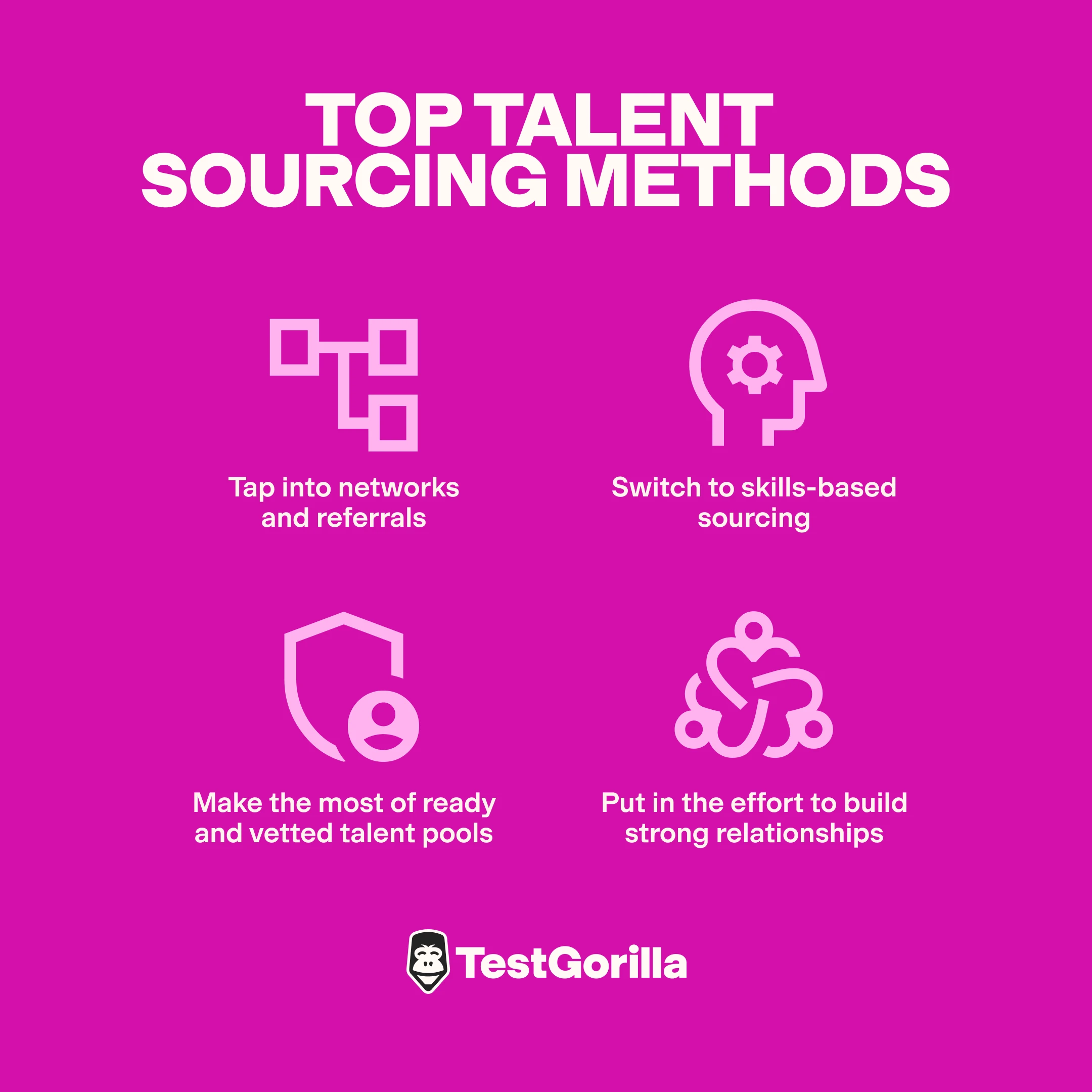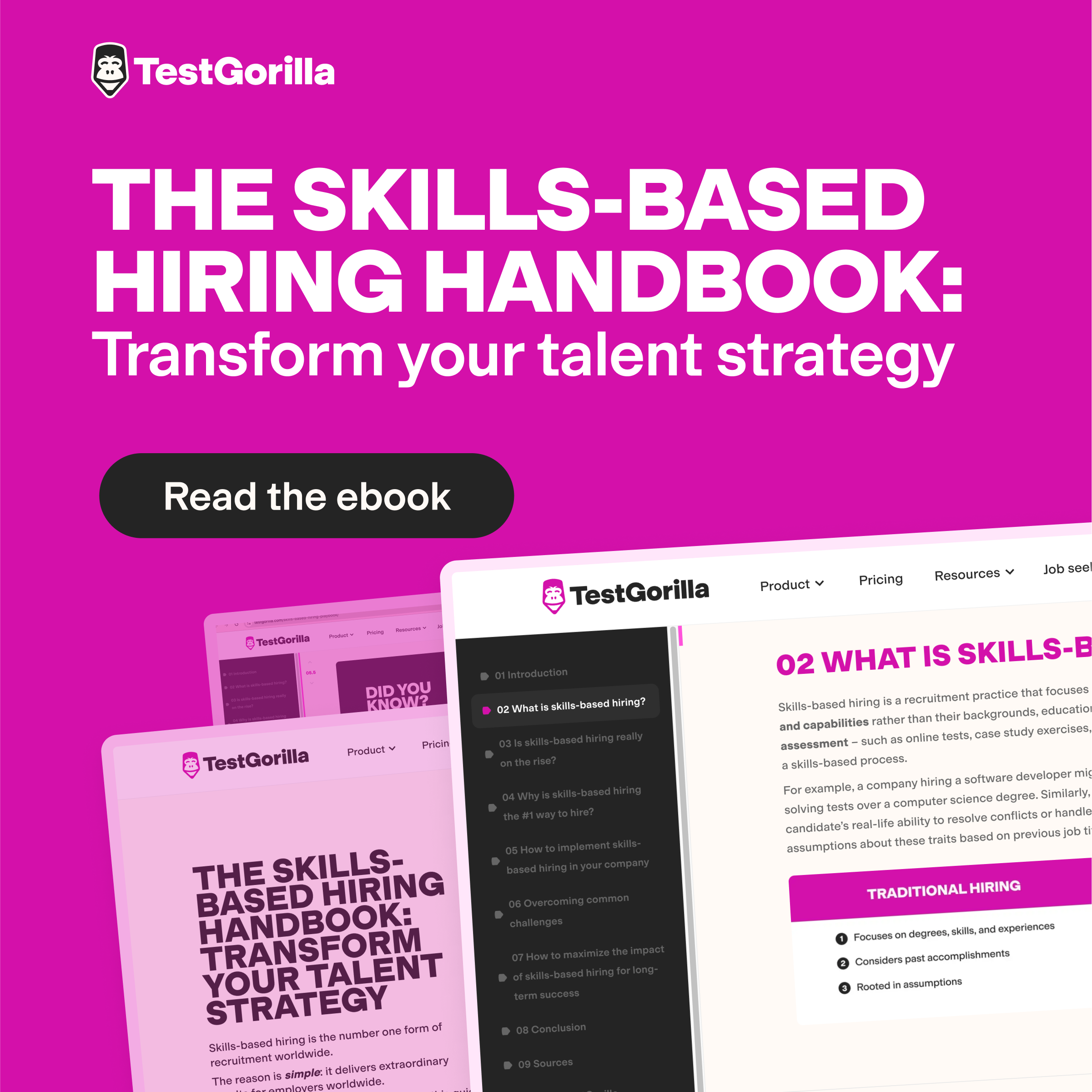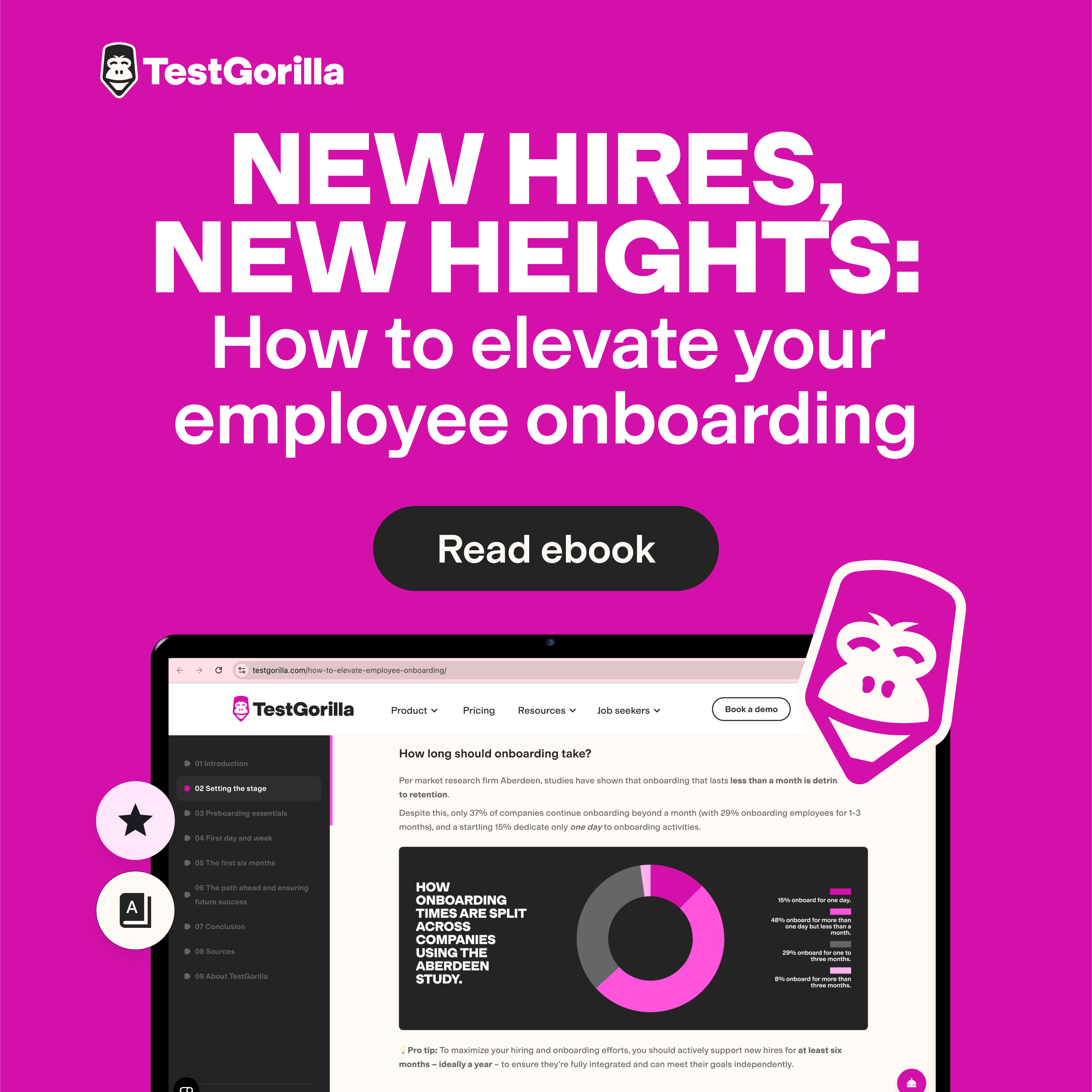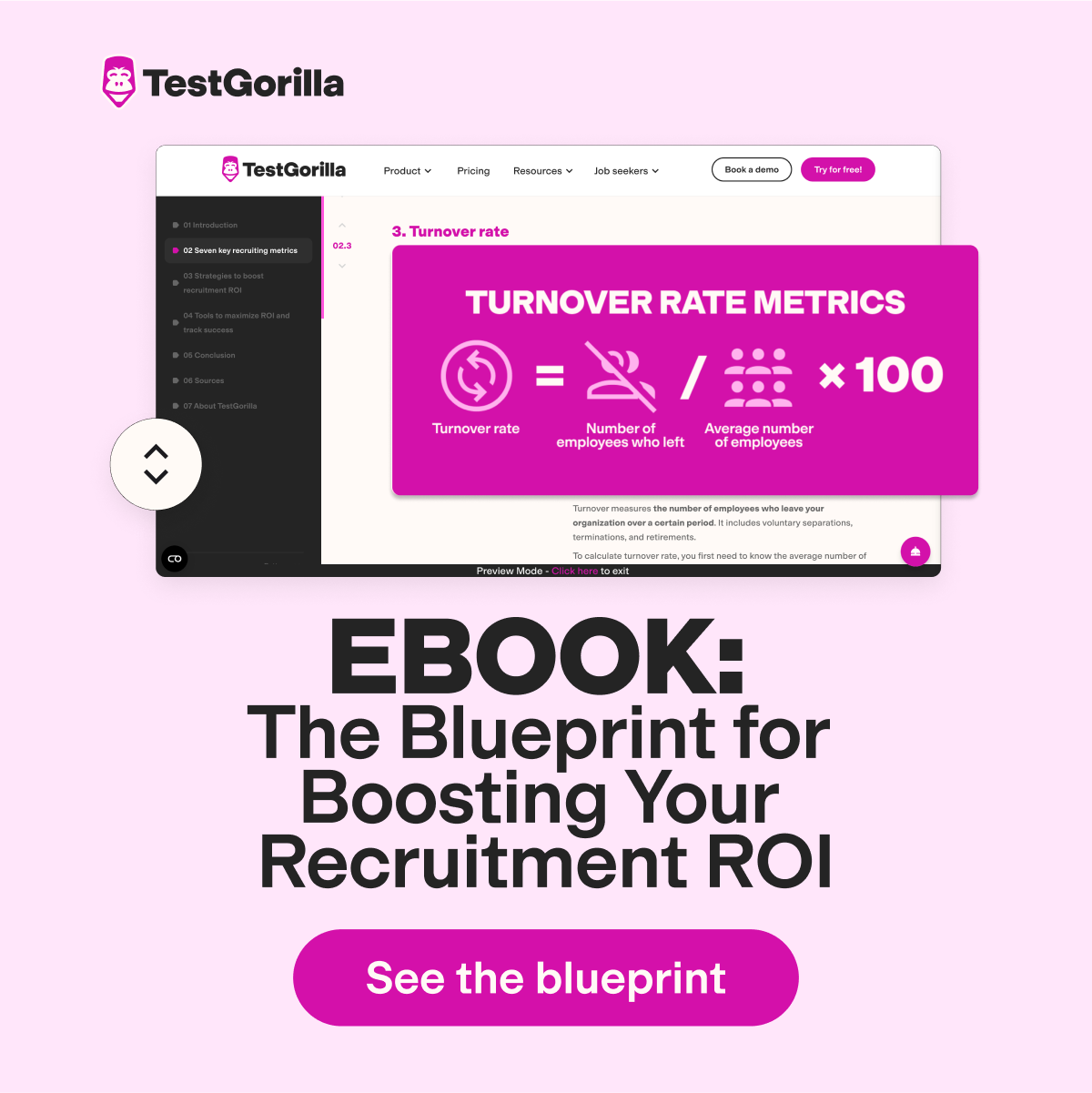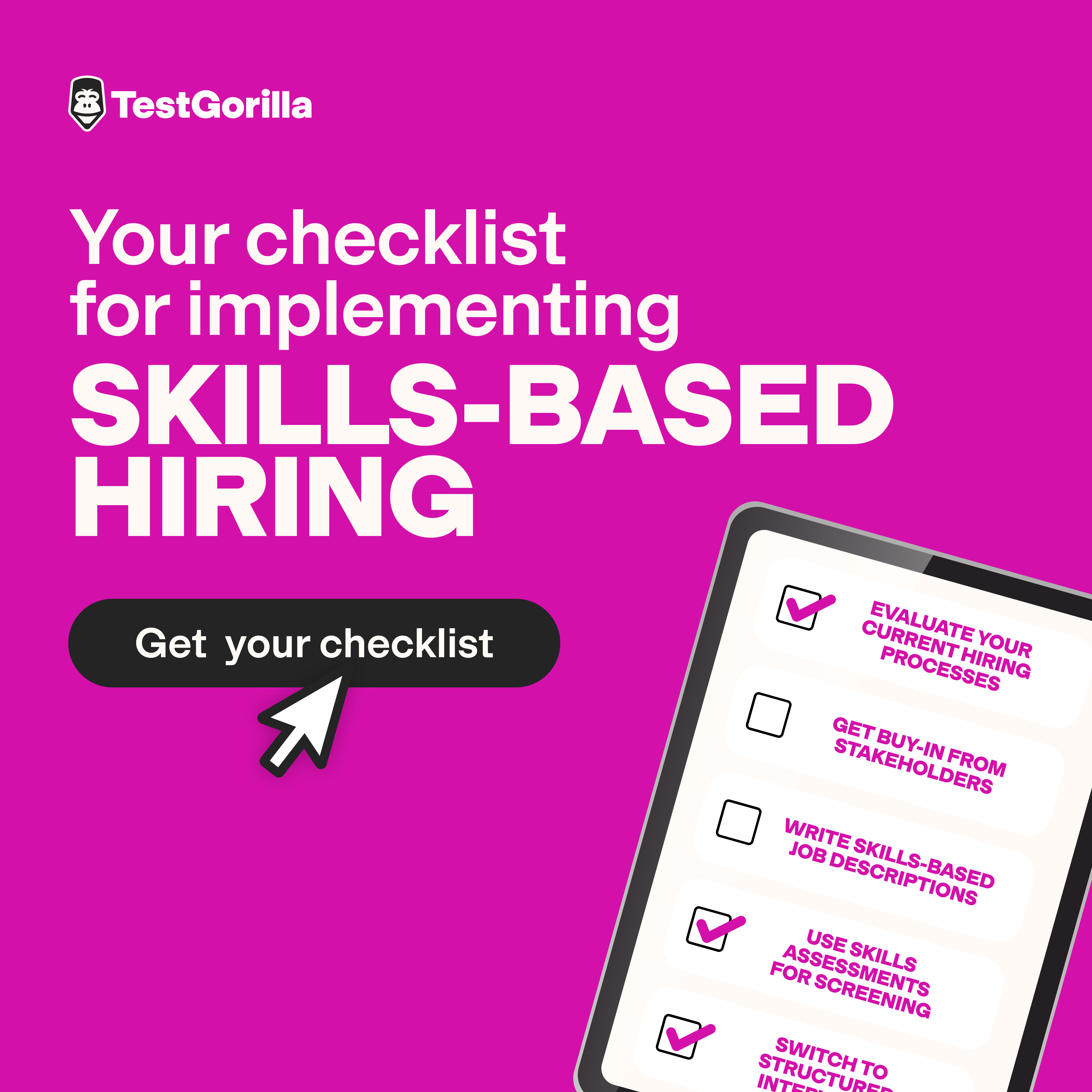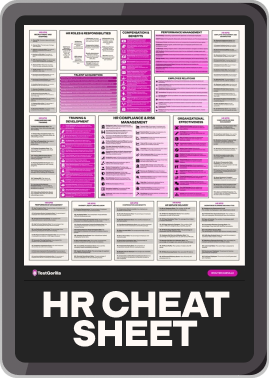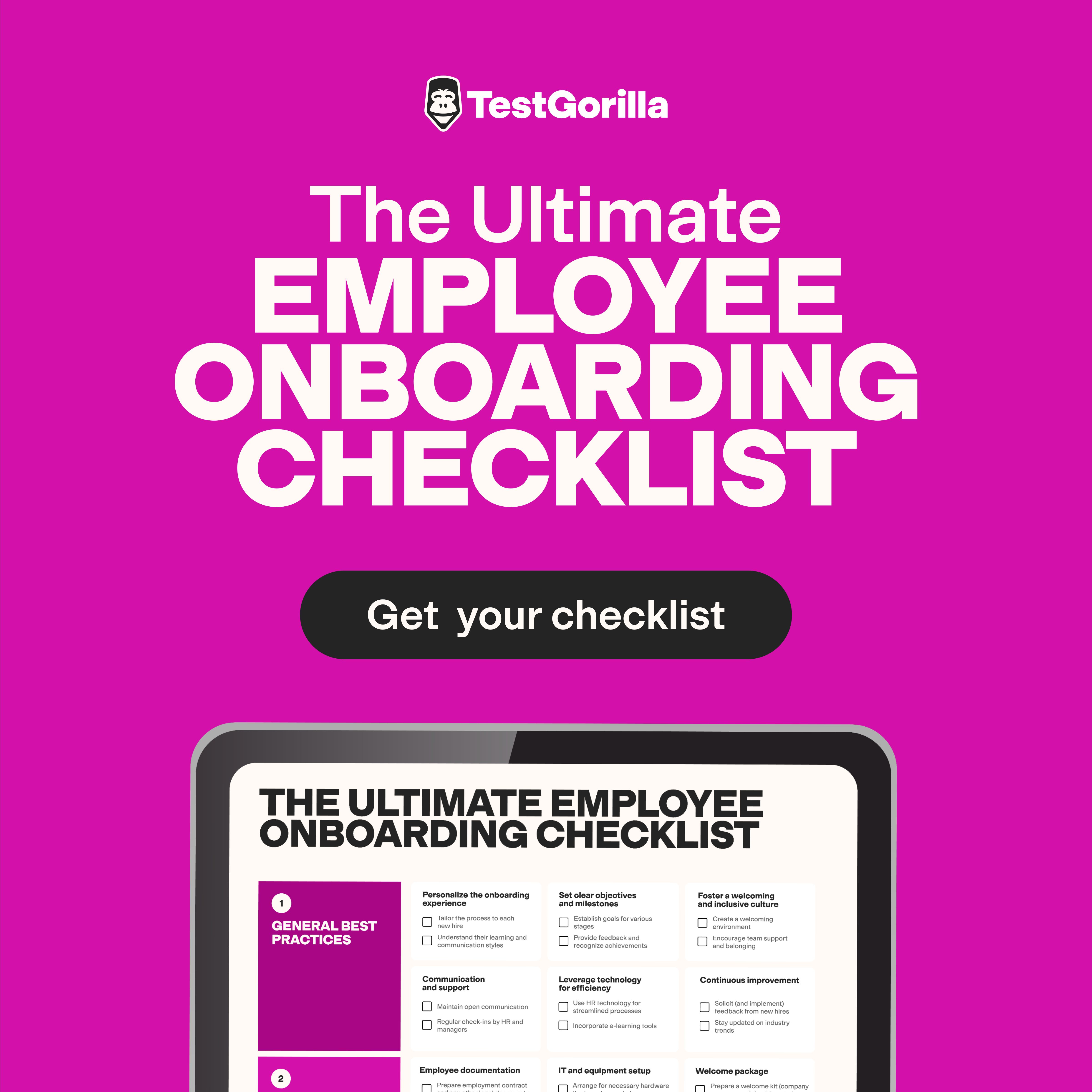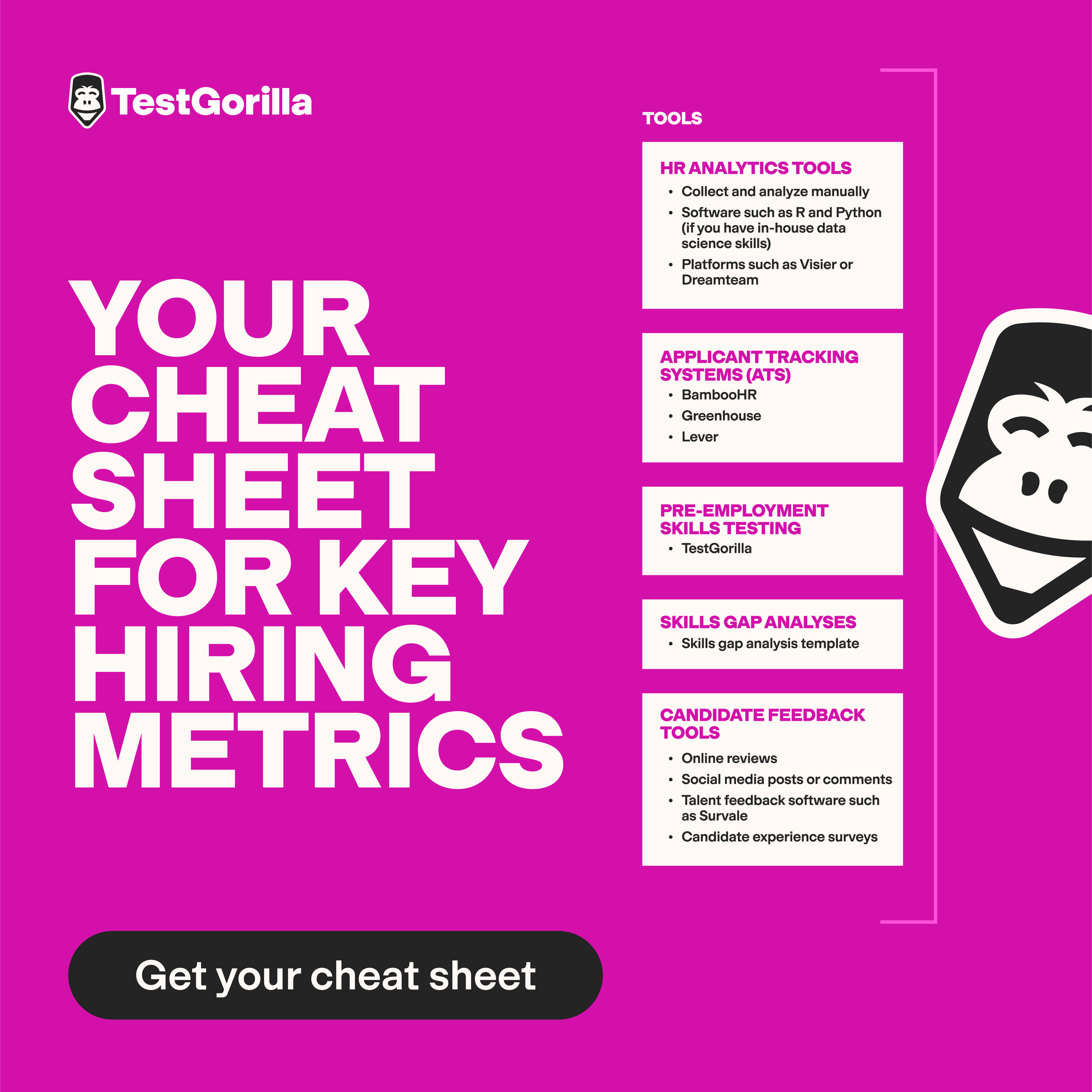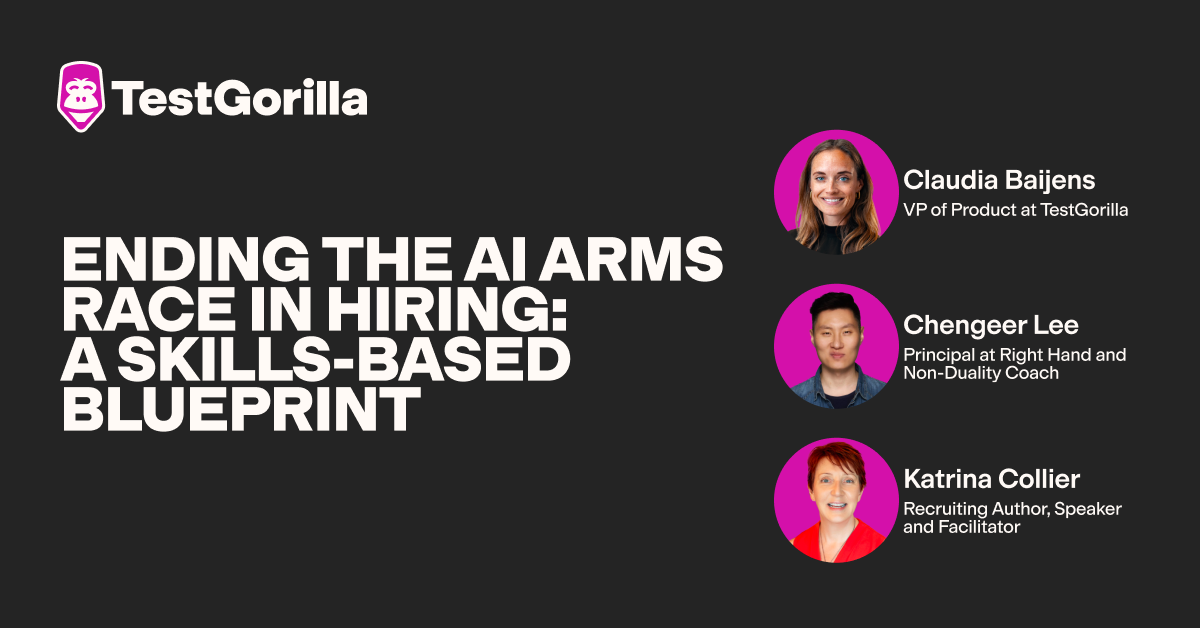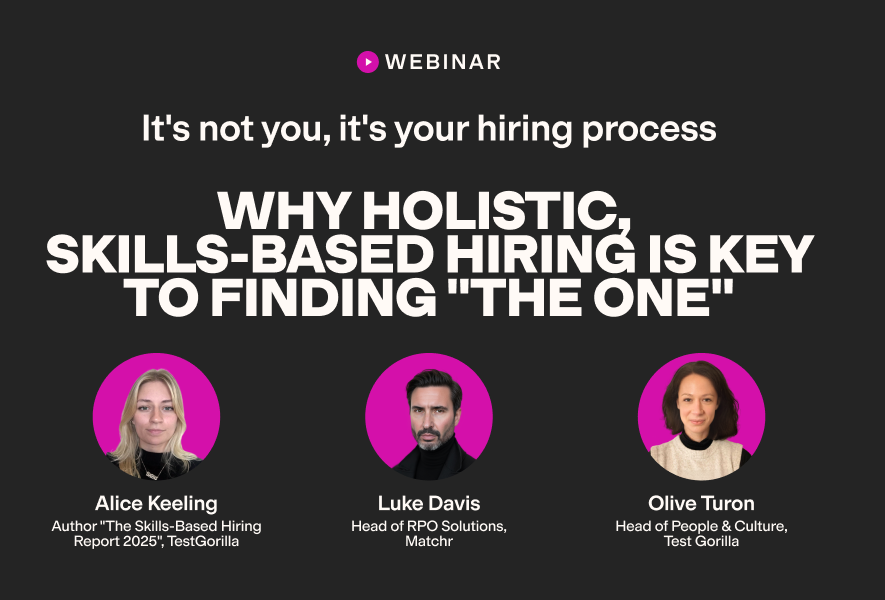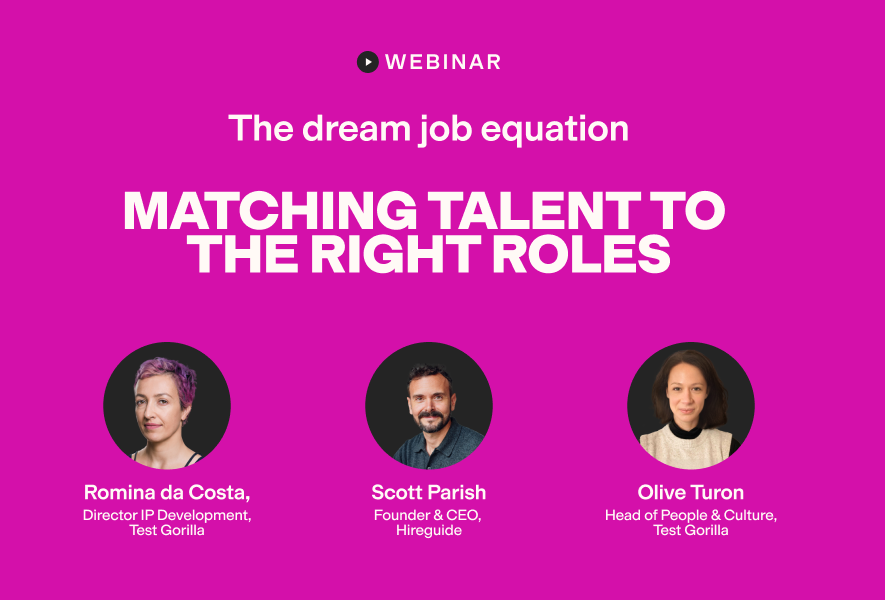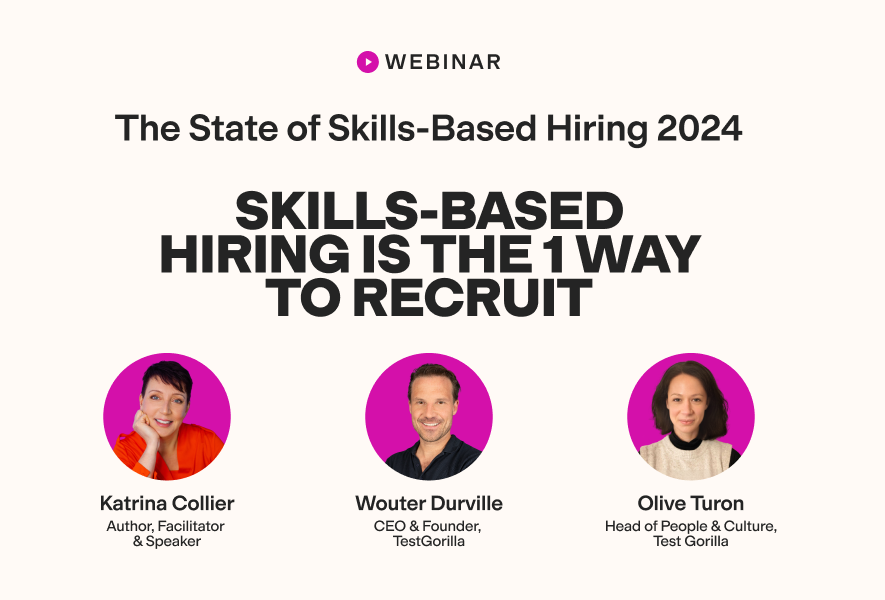Our 2025 The State of Skills-Based Hiring report uncovered a startling fact: More than six in ten employers say it’s harder to find good candidates today compared with previous years.
Companies often put this down to a challenging labor market and talent shortages. But, if that's the full story, why did 70% of job seekers tell us they're struggling to land work?
The reality? This isn't just a talent issue: It's also a discovery problem.
Too many employers aren’t finding the right candidates because they’re using outdated methods or relying blindly on any tech and AI they can access. In fact, our sourcing report reveals half (51%) of employers are finding it difficult to source talent. They’re missing out on the benefits of strategic talent sourcing and losing ground to smarter competitors.
What talent sourcing really means
Talent sourcing is the act of proactively scouting the job market, spotting people who could be a fit for your company, and building relationships with them, whether or not they’re actively looking for a job. That way, when the timing is right, candidates are already familiar with your company and likely open to deeper conversations.
Dominic Leto, CEO at Sell My Home PA, likens the concept of sourcing to any company’s sales process.
"Sourcing might be considered the strategic market-intelligence phase – just as you might sketch a map of prospective customers before you ever make a sales call. Practically, it implies creating a pipeline in advance, developing relationships that are in place prior to the appearance of a particular vacancy."
That said, sourcing also includes the process of actively finding the right candidates for positions that are already open – if they haven't applied themselves.
No, sourcing and recruitment are not the same thing…
Candidate sourcing and recruiting are connected, but not the same.
We spoke to Faraz Hemani, Owner & CEO of Iron Storage and an experienced talent sourcer. Hemani explains that "sourcing is locating the right person before they begin to hunt the job market… The recruitment process starts when they show interest [in a role]."
Leto further distinguishes between the two using the sourcing versus sales comparison. He explains that recruiting is similar to the conversion stage in sales. "It converts a qualified lead into an employee hired. The most important overlap, it seems, is that the [sourcing] intelligence obtained at the front end is used to fill the whole recruiting funnel."
Want a deeper breakdown of how sourcing and recruiting differ? Read our full guide on sourcing vs. recruiting.
Talent sourcing is arguably the most important part of hiring today
The best candidates aren’t applying for jobs. A recent Robert Half survey of more than 2,000 employees found that only 29% of working professionals are job hunting in 2025, down 35% from 2024 (thanks to factors like higher job satisfaction).
Shaun Bettman, CEO and Chief Mortgage Broker at Eden Emerald Mortgages, captures this reality in the mortgage industry:
"The most appropriate potential candidates are already producing somewhere and not promoting that they are open."
This doesn’t mean you won’t get applicants if you’re simply recruiting: we’re seeing a surge in job applications in today’s market. But without effective sourcing, you become over-reliant on incoming applications and might miss out on some top-notch candidates. Hemani puts it bluntly: "When sourcing is not strong, you are left with whoever happens to apply."
Additionally, strong sourcing helps with cost-cutting, which is a current priority for nearly every business. According to Deloitte’s most recent CFO survey, 63% of CFOs rank cost-cutting as a high priority due to market risks stemming from recent geopolitics.
Well-thought-out sourcing reduces the cost and time to hire, cuts down expensive mis-hiring, and helps you discover people who can quickly start contributing.
Don’t want to do it? Well, you’re going to miss out on these benefits and top candidates.
The best insights on HR and recruitment, delivered to your inbox.
Biweekly updates. No spam. Unsubscribe any time.
But companies are getting sourcing dangerously wrong
Consider these common mistakes you might be making in your talent sourcing strategy.
Not understanding sourcing vs. recruiting
Many companies use a "just-in-time" approach, where they wait until a role opens to recruit for it, and believe this is adequate from a sourcing standpoint. But doing this gives you less time to access top-quality candidates and leaves you with who’s available now – not who’s best for the long haul.
Focusing on only reactive outreach
HR and hiring expert Yashna Wahal says, "One of the biggest mistakes you can make is waiting for candidates to reach out to you via job boards and application forms that land in your inbox. With this approach, you’re ignoring passive candidates who could’ve been your strongest hires.”
Relying on credentials, resumes, or narrow sourcing channels
Even when employers start building candidate relationships in advance, they often rely on resumes or degrees to decide which candidates are worth investing in. Unfortunately, these aren’t reliable ways to assess people’s skills or job fit.
For example, the Harvard Business Review showed how college degrees have a weak correlation with real-world job performance. And one survey found that 70% of job seekers lie on their resumes, with 37% admitting to lying frequently.
Moreover, resume screening is prone to several sourcing biases that come from shortlisting candidates based on speculations about their gender, age, background, educational pedigree, and hobbies, rather than any real skills.
The same goes for relying on narrow sourcing channels: Sourcing only from certain channels, like universities, and assuming they’ll always yield high-quality candidates is a bad bet and will exclude otherwise qualified talent.
The problem with these methods? You could end up with a talent pool that's less capable and not diverse, and miss out on top candidates who slipped through the cracks.
Using tech and AI tools incorrectly
While AI and technology can be great, they can also be dangerous shortcuts. Our latest research showed that more than half of employers admit to using AI for sourcing candidates. The question is, are they opting for the right sourcing tools and using them correctly?
For example, relying blindly on AI scanners to scan candidates’ social media and other profiles for specific keywords can lead to overlooking skilled job seekers who didn’t use the right keywords.
Moreover, Boolean, LinkedIn Recruiter’s widely used key search tool, has recently been in the spotlight for prioritizing candidates’ popularity on LinkedIn over their skill, and returning thousands of improper candidate matches.
Impersonal outreach and ghost jobs
Hiring teams often "source" by sending mass InMails on LinkedIn, posting generic job ads, or entirely relying on agencies that don't always know how to best represent a company's culture when they're sourcing talent. Sourcing is about connecting, and without a personalized touch, it’s hard to get attention or make a memorable impact on talent.
Some companies even put out ghost jobs to build their pipelines. "If you ask me, this is the opposite of sourcing,” says Wahal. “Not only are you not engaging candidates, but you’re also breaking trust instead of building it.”
What are the best ways to source top talent in the modern landscape?
Here are some strong sourcing methods.
1. Tap into networks and referrals
According to George Fironov, Co-Founder & CEO at Talmatic Ltd, some of the best sourcing comes from your online and offline networks.
"Direct recruitment on professional networks like LinkedIn together with participation in specialty developer forums has served extremely well because it allows directed targeting of qualified candidates," George says.
He adds, "Employee referral programs also yield great results because they tap into trusted networks and are likely to bring in more timely, better-quality hires.”
Meanwhile, Bettman advocates for client-based sourcing.
"I will request clients to mention outside the company brokers who struck them in a deal. Such a list can be more valuable than anything that LinkedIn or a job board can offer.”
Further, Doughty reminds us not to forget about in-person networking. "The personal, white-glove, face-to-face approach is cutting through the noise for us."
While existing connections can be great for finding credible leads, these methods aren’t without biases that can lead to unfit candidate recommendations. So, such connections shouldn’t be your only sourcing strategies, as these can hamper diversity in your talent pool.
2. Switch to skills-based sourcing
Skills-first sourcing is all about discovering talent based on their real-life skills instead of job titles, education, and other unreliable information from their resumes.
For instance, with talent assessments that measure candidates’ hard and soft skills, cognitive abilities, personality traits, and even their cultural alignment, you can add candidates to your pipeline based on what they can actually do.
This approach works best for active candidates who are looking for jobs and have shown an interest in joining your company, even if there’s no role. It's also great for candidates your networks have referred.
You can have them take some essential skills tests and keep their results on record. This way, when it’s time to hire, you already know who’s likely to fit, perform, and stick around.
3. Make the most of ready and vetted talent pools
Hemani showed us just how much work goes into sourcing, sharing that he actively followed around 200 potential candidates in his own CRM and updated it monthly. Being proactive in this way was effective, as "almost a third of hires had entered as names on [my] list."
While this sourcing strategy might work for smaller, manageable talent pools, it’s not always practical to do this at scale. That’s why some of the smartest employers turn to ready-vetted sourcing pools like TestGorilla’s.
Our sourcing tool gives employers instant access to more than two million active and passive job seekers who’ve already been skills-tested across 350+ areas. And, we add 100,000 new profiles every month to refresh the database.
You simply need to select your criteria, and our AI sourcing engine matches you with people who fit. It's fast, targeted, inclusive, and much better than relying blindly on keyword filters and AI scanners.
4. Put in the effort to build strong relationships
Whether you’re nurturing relationships with passive candidates or previous applicants who were strong but didn’t get the offer, you must go beyond agencies: You must keep talent interested yourself for when the timing is right.
Here’s how:
Maintain regular contact
Share industry news, thought leadership content, etc., rather than reaching out abruptly or only when you have a role. This way, you’re always top of mind for job seekers.
Include wins in your communications
Hemani told us, "I also maintain passive candidates by communicating actual wins such as store openings, new markets, and acquisitions. Such updates will make them envision themselves as part of what we are building and when they do reach out, they tend to be those that get up to speed most quickly and end up sticking around in the long term."
Personalize updates
Don’t just send the same generic outreach email to everyone. Roll out content and comms based on candidates’ skills, interests, and career goals so they feel valued and/or remembered.
Highlight your company’s culture
Show candidates what makes your company unique – its values, community, etc. This is a great way to stand out and attract people who check the right boxes.
Squeeze every drop of talent with smart, skills-first sourcing
Sourcing refers to the research, outreach, and trust-building that tends to happen long before a candidate raises their hand. This is critical, especially today when employers are struggling to discover talent, despite candidates being open to work.
But you must do sourcing right: Personalize comms, tap into networks and referrals, and use skills testing to build your verified pipeline. The smartest way to source? Use vetted talent pools, like TestGorilla’s talent sourcing tool, to instantly access two million matched candidates and make sourcing your superpower.
You've scrolled this far
Why not try TestGorilla for free, and see what happens when you put skills first.


